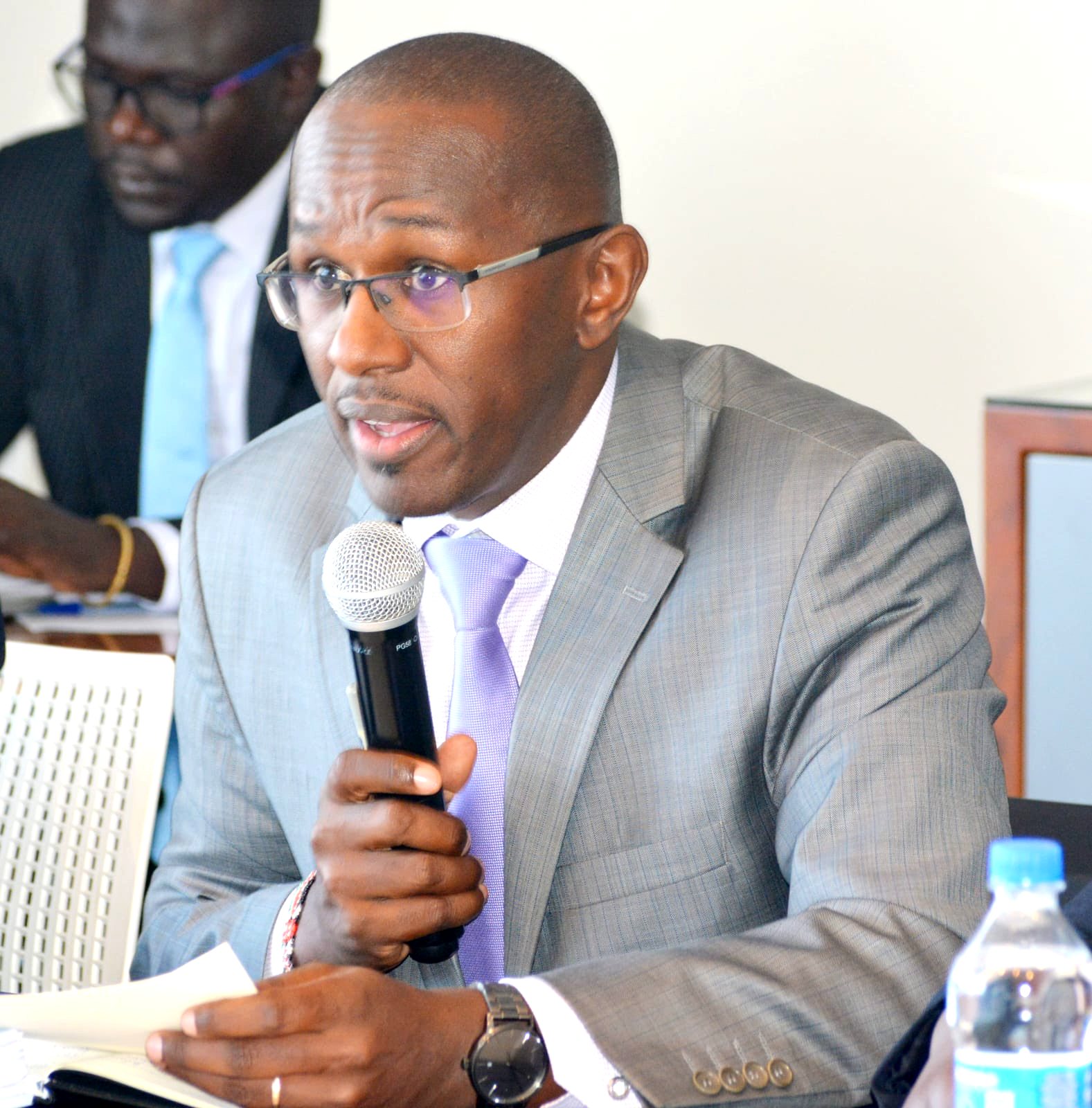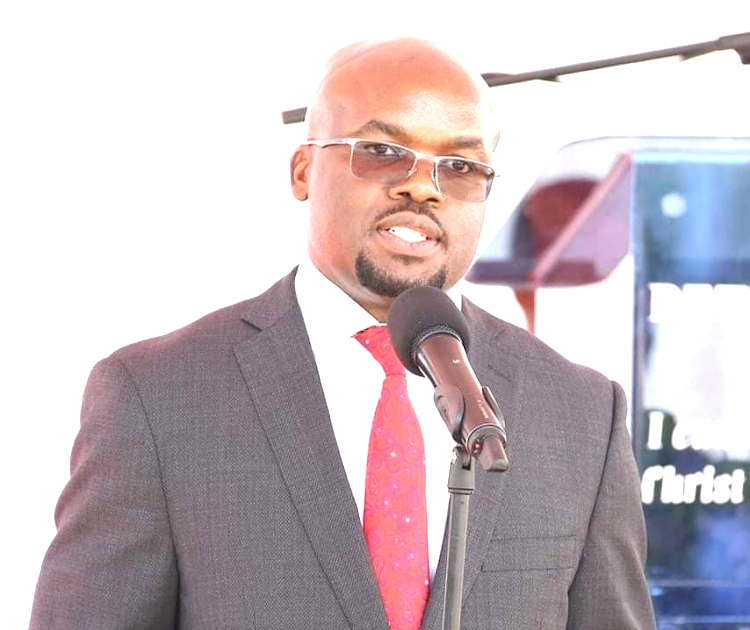By David Kipkorir.
As the country celebrates 95th International Co-operative Day, (locally known as Ushirika Day) on July 1, 2017, Savings and Credit Co-operative Societies (Saccos) continue to play an important role in uplifting lives by providing financial services to many disadvantaged Kenyans as espoused in Vision 2030.
Vision 2030 blue print recognizes Sacco societies as important players in deepening financial access to mobilize savings for investments in enterprises and personal development.
Sacco have over the past years played an instrumental role in easing access to financial services, especially for the unbanked rural masses.
They encourage a savings culture besides providing members credit facilities to engage in income-generating activities, or to pay school fees for their children which help improve their standard of living.
In rural parts of the country, co-operatives societies have created opportunities to formal and informal employment which is enormous and more people are joining co-operatives daily.
They play an important role in production, primary processing and marketing of agricultural and livestock commodities.
Sacco’s contribute 45 per cent of the National Gross Domestic Product (GDP), controlling over Sh500 billion with over 14 million members.
Saccos work with low –income people (who mostly have no previous experience with financial institutions) to mobilize savings.
Their savings become the guarantee for members’ credit with different firms and institutions. It enables them acquire motor vehicles, animals, machinery, land or plots and develop them.
The experience in community development has shown that in spite of such intense capital deprivation, the rural masses are highly motivated people willing and able to break out of this cycle of poverty, if only they are guaranteed credit.
Co-operative societies have become the bridge for such individuals and groups to ultimately move from low standards of living to higher ones.
Their growth can be attributed to the existence of robust economic growth incentives including opportunities like an informed population, flexible law and easing the admission of members to societies.
This is evident from the growth in total assets to Sh301,537 billion from Sh 257,368 billion in 2013, and in total deposits to Sh205,974 billion from Sh182,683 billion.
The licensed deposit taking Saccos has risen to 181, buoyed by continuing branch expansions.
The Sacco system in Kenya encompasses a mutual membership organization involving pooling voluntary savings together from co-operators in form of shares.
The shareholders share a common bond based on a common area of interest or purpose.
However, many Saccos have rebranded and opened the common bond to woo anybody wishing to join.
Currently, the sector is the largest in Africa and accounts for over 60 percent of the continent’s savings, loan and assets according to the Sacco Societies Regulatory Authority (SASRA).
As they grow in relevance, Saccos continue to look into more ways to become more socially responsible, as well as to include emerging enterprises in its fold.
Savings and Credit Co-operatives are set to further increase financial inclusion in Kenya with their partnership with electronic payment services providers such as Safaricom’s Mpesa.
The goal is to move members out of poverty by providing them with more opportunities to earn as well as access to relevant resources and affordable goods and services.
Many Saccos have implemented a range of products to address the country’s triple challenges of poverty, unemployment, and inequality.
These services, especially loans with lower interest rates, have had an extremely positive impact on improving the living standard of numerous households.
As the number of Kenyans benefitting from Sacco loans continues to increase, members are afforded the opportunity to save funds on monthly basis for future utilization.
Accumulated savings enable members to apply for loans, earn dividends yearly as well as provide a lump-sum payment upon a member’s retirement.
One of the factors in wealth creation is in making good investments. Many Saccos encourage members to invest surplus funds viably.
A number of co-operative societies in Kenya have formed subsidiary companies where members can invest jointly with the parent society to facilitate group ventures in identifying projects at the local level like land and acquiring them through loans provided by their societies.
Land not only serves as a hedge against inflation, but also doubles up as a saving and an investment for the future.
Saccos have to shift from traditional to modern products in order to expand their sources of livelihood. All of them should introduce Front Office Services Activity (FOSA). Members must be encouraged to patronize FOSA services regularly among other products in say receiving salaries, save and purchase shares to strengthen their Saccos.

